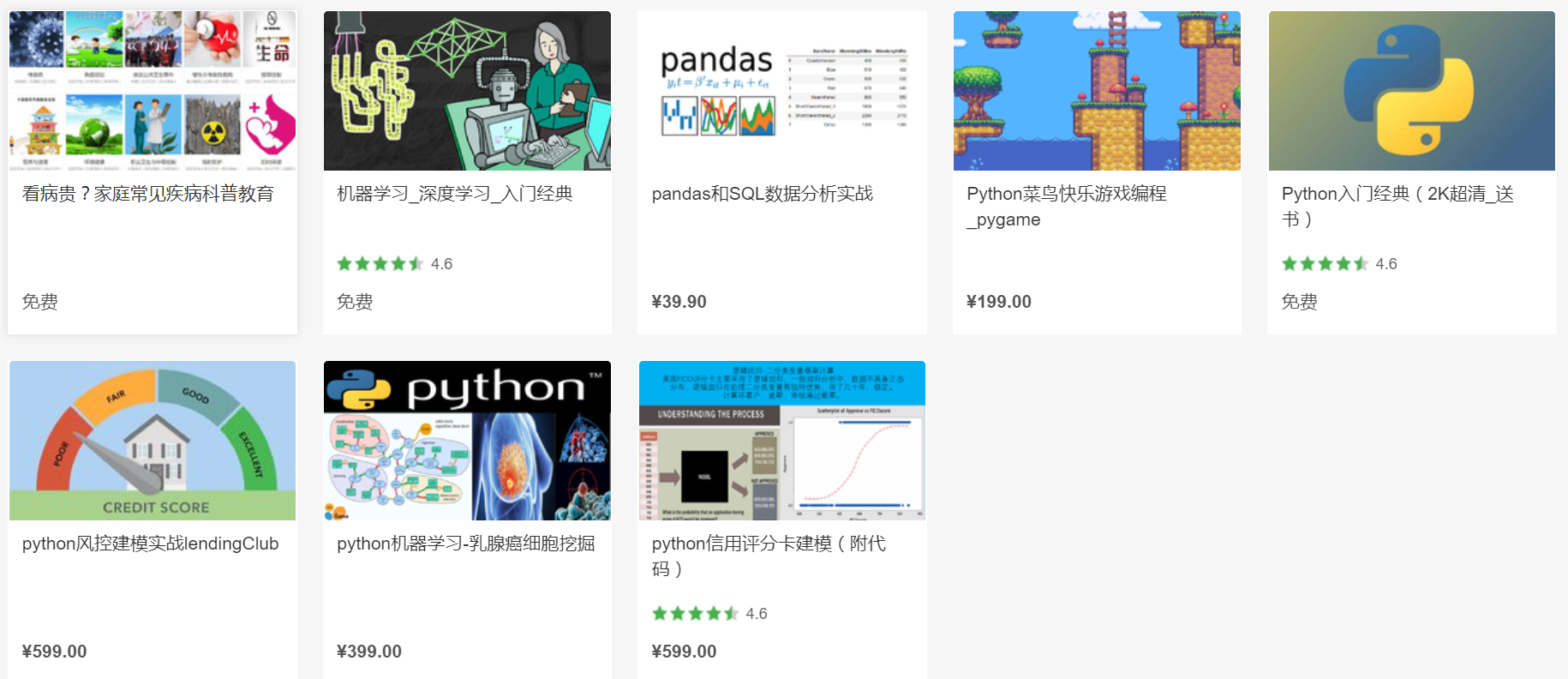python机器学习-乳腺癌细胞挖掘(博主亲自录制视频)
https://study.163.com/course/introduction.htm?courseId=1005269003&utm_campaign=commission&utm_source=cp-400000000398149&utm_medium=share
http://patsy.readthedocs.io/en/latest/overview.html

pasty功能:线性分析里因素分析(方差分析)
and Patsy takes care of building appropriate matrices. Furthermore, it:
- Allows data transformations to be specified using arbitrary Python code: instead of
x, we could have writtenlog(x),(x > 0), or evenlog(x) if x > 1e-5 else log(1e-5), - Provides a range of convenient options for coding categorical variables, including automatic detection and removal of redundancies,
- Knows how to apply ‘the same’ transformation used on original data to new data, even for tricky transformations like centering or standardization (critical if you want to use your model to make predictions),
- Has an incremental mode to handle data sets which are too large to fit into memory at one time,
- Provides a language for symbolic, human-readable specification of linear constraint matrices,
- Has a thorough test suite (>97% statement coverage) and solid underlying theory, allowing it to correctly handle corner cases that even R gets wrong, and
- Features a simple API for integration into statistical packages.
pasty不能做的模型分析,只是提供描述性统计的高级接口
What Patsy won’t do is, well, statistics — it just lets you describe models in general terms. It doesn’t know or care whether you ultimately want to do linear regression, time-series analysis, or fit a forest of decision trees, and it certainly won’t do any of those things for you — it just gives a high-level language for describing which factors you want your underlying model to take into account. It’s not suitable for implementing arbitrary non-linear models from scratch; for that, you’ll be better off with something like Theano, SymPy, or just plain Python. But if you’re using a statistical package that requires you to provide a raw model matrix, then you can use Patsy to painlessly construct that model matrix; and if you’re the author of a statistics package, then I hope you’ll consider integrating Patsy as part of your front-end.
Patsy’s goal is to become the standard high-level interface to describing statistical models in Python, regardless of what particular model or library is being used underneath.


pasty函数可以自定义

I()让+表示算术模式加号
Arithmetic transformations are also possible, but you’ll need to “protect” them by wrapping them in I(), so that Patsy knows that you really do want + to mean addition:
In [23]: dmatrix("I(x1 + x2)", data) # compare to "x1 + x2"
Out[23]:
DesignMatrix with shape (8, 2)
Intercept I(x1 + x2)
1 1.66083
1 0.81076
1 1.12278
1 3.69517
1 2.62860
1 -0.85560
1 1.39395
1 0.18232
Terms:
'Intercept' (column 0)
'I(x1 + x2)' (column 1)
In [24]: dmatrix("I(x1 + x2)", {"x1": np.array([1, 2, 3]), "x2": np.array([4, 5, 6])})
Out[24]:
DesignMatrix with shape (3, 2)
Intercept I(x1 + x2)
1 5
1 7
1 9
Terms:
'Intercept' (column 0)
'I(x1 + x2)' (column 1)
In [25]: dmatrix("I(x1 + x2)", {"x1": [1, 2, 3], "x2": [4, 5, 6]})
Out[25]:
DesignMatrix with shape (6, 2)
Intercept I(x1 + x2)
1 1
1 2
1 3
1 4
1 5
1 6
Terms:
'Intercept' (column 0)
'I(x1 + x2)' (column 1)
# ---------------------------------------------------------------
def anova_statsmodels():
''' do the ANOVA with a function '''
# Get the data
data = pd.read_csv('galton.csv')
#sex是性别,属于分类变量
anova_results = anova_lm(ols('height~C(sex)', data).fit())
print('
ANOVA with "statsmodels" ------------------------------')
print(anova_results)
return anova_results['F'][0]

